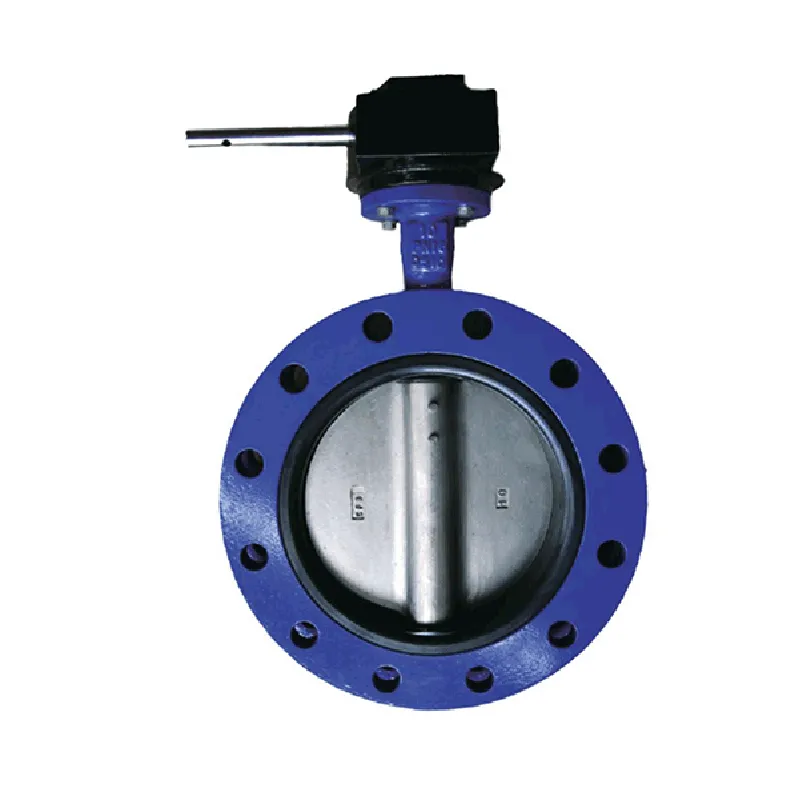nov . 08, 2024 10:54 Back to list
Industrial Globe Valve for Precision Flow Control and Reliable Performance
Understanding Industrial Globe Valves Function, Design, and Applications
Industrial globe valves are critical components in fluid control systems, widely used across various sectors, including oil and gas, water treatment, and manufacturing. Characterized by their spherical body shape, globe valves are designed to regulate flow by adjusting the position of a moveable disk relative to a stationary ring seat. This guide dives into the functionality, design features, and applications of industrial globe valves, illustrating why they are preferred in numerous industrial environments.
Functionality of Globe Valves
The primary function of a globe valve is to control the flow of liquid or gas within a piping system. Unlike other valve types, the globe valve is well-suited for throttling applications. The design allows for a better adjustment of flow compared to gate or ball valves, making it ideal for managing flow rates and pressure in pipelines.
When the valve is closed, the disk is pressed tightly against the seat, preventing any flow. As it opens, the disk moves away from the seat, allowing fluid to pass. The position of the disk between these two extremes determines the flow rate, making it possible to finely tune the amount of substance being carried through the pipeline.
Design Features
Globe valves are typically constructed from durable materials such as brass, stainless steel, and carbon steel, ensuring longevity and resilience under high-pressure conditions. The standard design includes an inlet and outlet that are aligned in the same direction, connected through a spherical body.
1. Body Design The spherical shape of the valve acts as an effective flow path, reducing turbulence and pressure drop compared to other valve types.
2. Bonnet This component houses the valve's stem mechanism and can be designed to be bolted or welded. The bonnet design can affect ease of maintenance and accessibility.
3. Seat and Disk The seat is the surface against which the disk seals when the valve is closed. The material and design used in the seat and disk can greatly influence the valve's leak tightness, durability, and operational lifespan.
industrial globe valve

4. Actuation Globe valves can be operated manually or automated through electric or pneumatic actuators. Automated actuators are increasingly popular, providing precision control, especially in complex and critical processes.
Applications in Industry
Globe valves are utilized in a multitude of applications due to their versatility and efficiency
1. Oil and Gas In this sector, globe valves manage flow and pressure in pipelines, separating facilities, and processing units, where precise control is essential for safety and efficiency.
2. Water Treatment Globe valves regulate water flow and pressure in treatment plants, ensuring that operations such as filtration and disinfection occur smoothly and effectively.
3. Power Generation In power plants, globe valves control steam flow and other fluid movements that are crucial for generating electricity, thereby contributing to operational efficiency.
4. Chemical Processing They are also commonly used in the chemical industry, where controlling the flow of corrosive substances is vital. Globe valves can be manufactured using specialized materials to withstand harsh chemicals without failing.
5. HVAC Systems In heating, ventilation, and air conditioning systems, globe valves help regulate water flow in the heating and cooling coils, ensuring comfort and energy efficiency in indoor environments.
Conclusion
In conclusion, industrial globe valves are essential for effective fluid flow control in various applications. Their ability to regulate flow accurately, coupled with a robust and durable design, makes them indispensable in many industries. By understanding the functionality, design, and applications of globe valves, operators can make informed selections that enhance safety, efficiency, and longevity in their systems. As industries continue to evolve, so too will the designs and technologies associated with these critical components, further solidifying their role in modern industrial operations.
Share
-
Reliable Wafer Type Butterfly Valves for Every IndustryNewsJul.25,2025
-
Reliable Flow Control Begins with the Right Ball Check ValveNewsJul.25,2025
-
Precision Flow Control Starts with Quality ValvesNewsJul.25,2025
-
Industrial Flow Control ReliabilityNewsJul.25,2025
-
Engineered for Efficiency Gate Valves That Power Industrial PerformanceNewsJul.25,2025
-
Empowering Infrastructure Through Quality ManufacturingNewsJul.25,2025